Mitakon Speedmaster 85 mm f/1.2
5. Chromatic and spherical aberration
Chromatic aberration
One glance at the crops, shown below and two important things are visible at once. First, at the maximum relative aperture the longitudinal chromatic aberration is keenly felt. Second, and fortunately, on stopping down the aperture by about 1 EV you see that aberration level decrease noticeably.
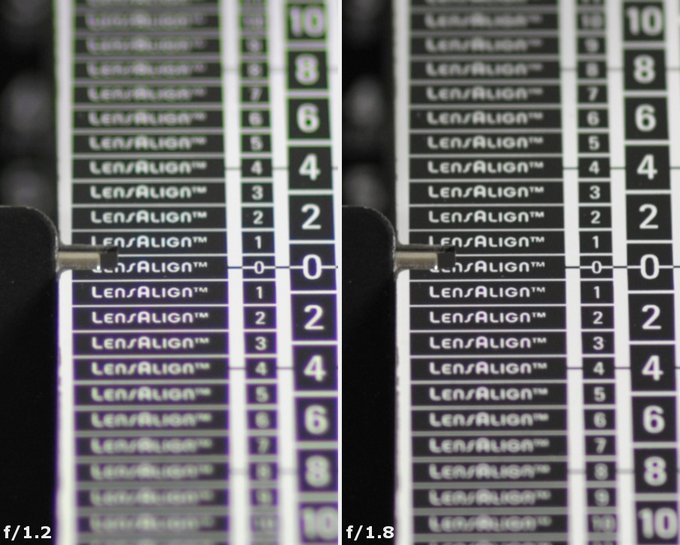 |
Please Support UsIf you enjoy our reviews and articles, and you want us to continue our work please, support our website by donating through PayPal. The funds are going to be used for paying our editorial team, renting servers, and equipping our testing studio; only that way we will be able to continue providing you interesting content for free. |
- - - - - - - - - - - - - - - - - - - - - - - - - - - - - - - - - - - - - - - - - - - - - - - -
A similar situation can be observed when it comes to the lateral chromatic aberration. At the maximum relative aperture it reaches about 0.15% and unfortunately its level is high but stopping down helps with its decrease; already by f/2.0 you can talk about a medium level and a more significant stopping down makes it approach a borderline between medium and low values.
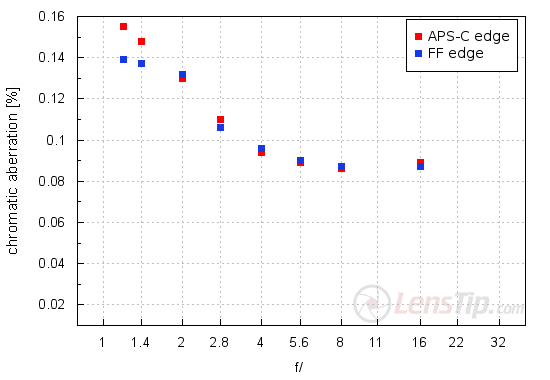
Here the Mitakon loses a duel with the Canon. That latter had lower aberration values which never exceeded 0.1% ; what’s more, its trend was reversed with the lowest results at the maximum relative aperture.
| Nikon D3x, RAW, f/1.2 | Nikon D3x, RAW, f/8.0 |
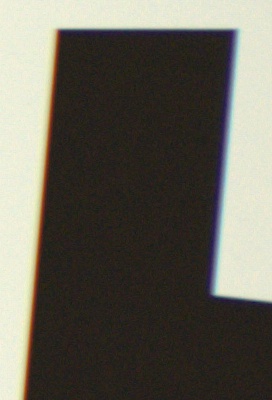
|
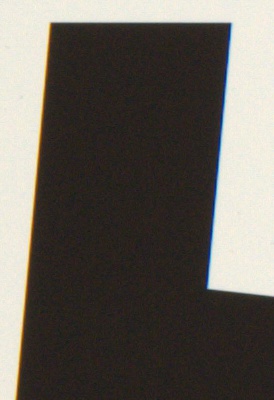
|
Spherical aberration
The spherical aberration level is not high because we didn’t notice any „focus shift” effect during our test. Still its influence can be seen in photos of defocused light circles: the one we got in front of the focus has soft edges and the one behind the focus features a significantly lighter rim on the edge.
One more interesting effect can be noticed here. The F Nikon mount, even though it has a small diameter, made itself felt cutting out a part of light from the circle we got behind the focus. It is clear the difficult 1.2/85 parameters set the standards really high. If you wanted to include contacts and an autofocus module the task would be even more tricky. – small wonder currently the fastest system lens is the Nikkor AF-S 85 mm f/1.4G.
| Nikon D3x, f/1.2, in front of | Nikon D3x, f/1.2, behind |
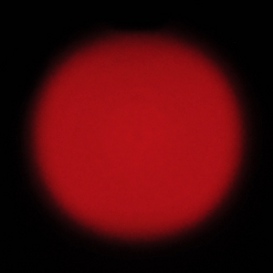
|
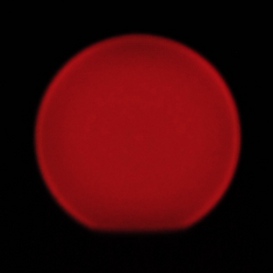
|






